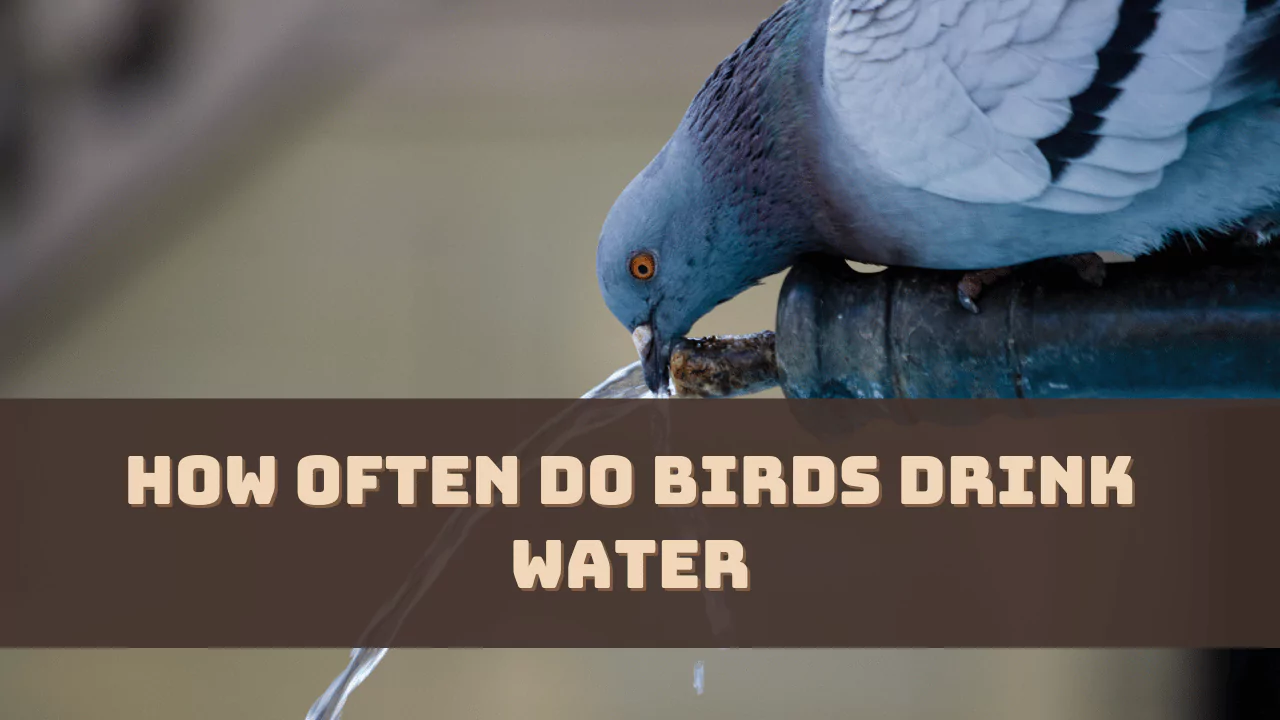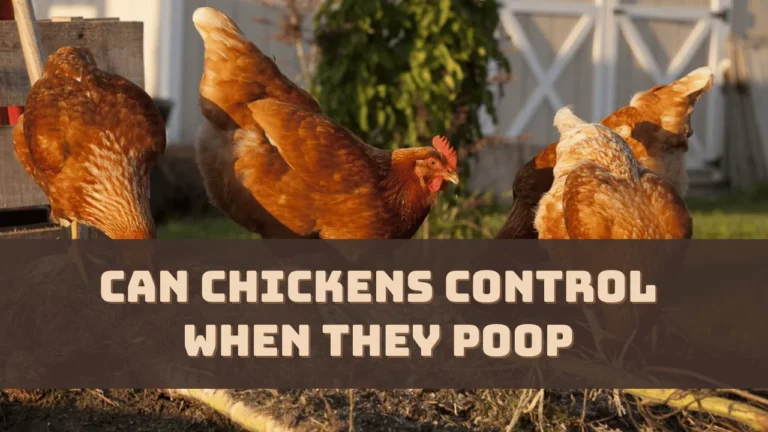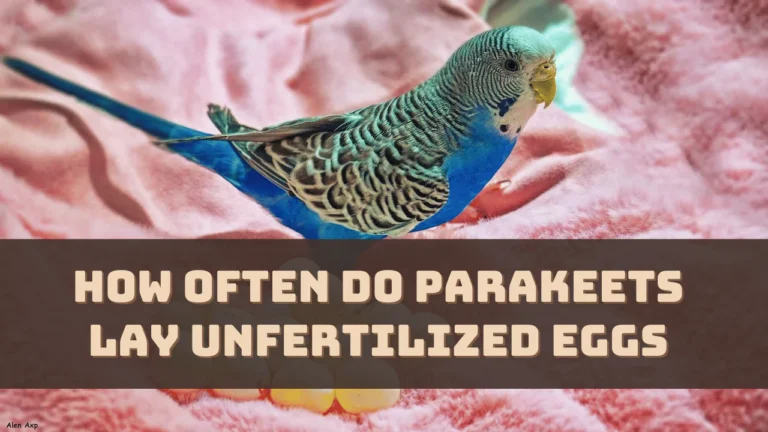The frequency of birds drinking water is based on temperature, species, and water source availability. Most birds need to drink at least twice a day to stay dehydrated. However, some species can also stay without water for longer periods and obtain moisture from the food. During dry conditions, birds are seen to drink water more frequently to stay hydrated.
If you want to keep a water bowl for birds, then it should have fresh, clean water. And, based on the frequency of birds drinking water you have to refill it.
Why do Birds Need Water?
Birds need water to maintain the fluid balance in their body, prevent dehydration, and maintain the overall cell function and well-being of the bird by maintaining organ function. Proper hydration also promotes the optimal physiological processes of the bird. Water also helps to regulate the temperature of the body through evaporation and cooling. Birds also need water for digestion and nutrient absorption; it helps to break down food and transport nutrients.
Factors Affecting Bird’s Water Intake
Several factors affect the water intake of a bird. This information will also help you to create a suitable water source for the bird during hot and humid climates.
Environmental Condition
Availability of water affects the water intake frequency of a bird. During hot and humid seasons a bird needs to frequently drink water or they can stay hydrated by drawing dew or moisture from foods and vegetables they eat. With the help of water, birds regulate their body temperature.
Food Intake
A portion of moisture or water is also obtained from the diet of the bird. The type of food they take also has an impact on the water content of the body. Insectivorous and seed-eating birds get a high percentage of water by taking food. Some birds also can extract water from seeds or drink nectar from flowers.
Species Specific
Every species of bird has a different metabolism and activity level based on which they need to fulfill their hydration requirement. Also, larger birds require more water intake compared with smaller birds. The birds that spend more time in water, such as aquatic birds or waterfowl, have a higher water turnover rate when compared with land birds. Also, the birds who migrate have developed the capability to store water to sustain during the long journey.
How do Birds Obtain Water?
Birds follow different hydration mechanism which includes a combination of drinking, preening, and obtaining moisture from food
Drinking
Birds take in water into their beak and swallow it while standing on the ground or perched on a branch. They can continue with this process of drinking while flying as well. Some birds, such as seagulls who drink salty water, have special glands to remove the excess salt from the body.
Preening
Birds clean and condition themselves by spreading their feathers and preening with their beaks. While doing so they add moisture to the feathers helping them to stay cool and hydrated.
Getting moisture from a diet
A bird’s diet includes various types of food, such as insects, fruit, and nectar which help them to get moisture and stay hydrated. The birds living around the desert are mostly adapted to get water from the food source, helping them to stay hydrated and adapt to different environments.
What are the Different Water Sources Available to Birds?
Birds rely on a variety of water sources to stay hydrated such as natural water bodies which include river lakes, which they use for bathing and preening. Birds are also attracted to the bird bath installed in their backyard or bird feeders which are specially designed to provide a source of water. Some birds also drink dew which gets collected on the plants and leaves early in the morning to stay hydrated and these are mostly in desert-dwelling birds.
How do Birds Find Water?
Birds use their senses to locate water sources from a distance. They use their sight to locate the water body which can be spotted from air, such as rivers, lakes, or artificial bird baths. They can also detect this area after scanning from a high vantage point. They also use landmarks to locate water sources which can also include the surrounding vegetation and topography. Birds are also seen to follow other animals and birds in search of water. Animals tend to travel to areas where water is available and this opportunity can be used by other birds to follow the group. Some birds such as the Kiwi and the Turkey vulture have a well-developed olfactory system that allows them to detect water through smell, they can detect the scent of water.
How Do Birds Drink Water?
Most of the birds are seen to use their bills and drink the dipping water from any water source and tipping their head backward to swallow the water.
Based on the anatomy, habitat, and behavior of the bird, their way of drinking water differs.
Sipping
Birds dip their beak into the water and then tilt their head to swallow the water. Some birds can drink water continuously without lifting their head, as they have a special pouch to store the water temporarily., eg, parrots,
Skimming
Many birds are seen to swoop and take tiny seeps of water from the surface of lakes, and rivers without stopping. Eg. terns and gulls.
Scooping
birds submerge their bill into the water, filter out the food and debris, and drink the water. they use the tongue and lamellae for this purpose, eg, ducks.
Lapping
In exceptional cases, they have piston tongues, which act similar to a straw. The birds put their entire break into the pool of water or nectar and use their tongue to suck up liquid which moves direct to the gut.
Soaking
Small birds are seen to soak or dip their feathers into the water and then squeeze out the water using their beaks to drink it, e.g. sparrows.
Absorbing
Birds drink water by absorbing water through their skin, such as vultures, storks, etc. They spread their wings and allow the water to evaporate.
Sucking
Birds are seen to suck water with their mouth, where they open the mouth and it creates a vacuum allowing the water to enter. eg. chickens
Dew-catching
Some birds also drink the moisture from raindrops in the air while flying. these birds are also seen to catch dew using their feathers or feet while flying or walking on a moist surface., eg. desert larks, cactus wrens
Fog-harvesting
Some birds are seen to harvest fog using either their bill or nostril, where they are seen lying through the fog and the water vapor gets condensed into liquid water. eg, penguins.
How much Water do Birds Drink in a Day?
The amount of water a bird needs varies from species to species. Larger birds require 9 to 18 litres every day and smaller birds need 15 ml daily, such as finches.
How Can You Create a Suitable Water Source for Birds?
To provide a consistent supply of water to birds, here are the tips to follow:
- Choose a suitable location, where you can place the water source. It should be under a shaded area, away from direct sunlight, and also check out for the presence of potential predators.
- Try to use a shallow bowl which is preferred by birds. Using a bowl 2 inches deep will make it easier for the birds to reach out to the water and also you will be able to clean their feathers.
- Don’t forget to change the water regularly as stagnant water can be a breeding place for bacteria and algae leading to infection in birds.
- If the water intake frequency among birds is quite high, then you might have to change it every day. Otherwise, every 2 days would be perfect.
- You can provide a different variety of water sources, such as bird baths and water feeders. This will give more options to the birds for drinking as well as bathing and a variety of bird species would be attracted to the water sources.
- If you are creating a bird bath, then it should have a gradual slope and be shallow, so that the bird can stand in.
- To attract the birds you can also add a fountain or dripper as birds are attracted to movement or noise. Always provide the birds with cool, fresh water to encourage the birds to come back every day.
How to Detect Whether a Bird is Dehydrated?
There are certain signs that you need to be aware of to identify whether the bird is dehydrated such as – excessive panting, loss of appetite, fluffed-up feathers, reduced urination, and dry or scaly beaks.
How do Birds Lose Water?
Birds do not sweat, so they do not lose moisture bodily, rather the moisture or water content is lost through respiration and dropping.
How Long Can a Bird Survive Without Water?
Birds cannot survive long without water and they need to drink water at least twice a day. However, there are exceptions, ostrich and Emus can survive without water for 2 or more weeks and they get their water content from the food.
How does Water Intake Among Birds Change with the Season?
Birds drink water throughout the year, however, based on seasons the frequency changes. During the breeding season, water intake increases as they need more water to support the egg development and feed the young one after hatching. During winter, birds migrate to other areas looking for abundant food and water sources, which often creates a negative impact on the resident bird population. During hot and extreme summer conditions, birds frequently drink water and always seek alternative water sources.
Do Birds Drink Water During Winter?
Yes, birds drink water in every season. However, during winter, it becomes difficult to find lakes or puddles as most of the water becomes frozen.


![Can Ducks Have Celery? [Explained] 7 Can Ducks Have Celery](https://masterbirds.com/wp-content/uploads/2024/02/can-ducks-have-celery-768x432.webp)

